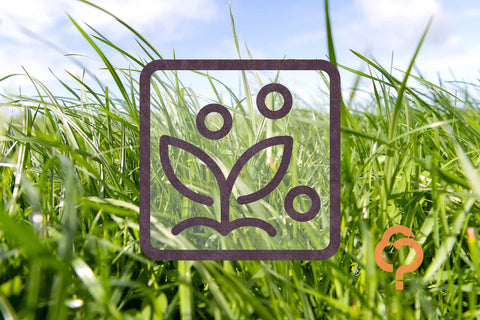Finding suitable perennial ryegrass for your farm can be daunting. Here’s some guidance to get you started.
There are four main things to consider when choosing a perennial ryegrass:
- Endophyte strain (relative to insect pressure)
- Flowering/heading date
- Ploidy – the number of chromosomes (tetraploid or diploid)
- Lineage/breeding
1. Endophyte strains
Insect pressure is one of the main reasons perennial ryegrasses don't thrive. Black beetle, porina, Argentine stem weevil, grass grub and field crickets can all have a huge impact, stripping valuable dry matter (grasses) and even killing ryegrass pastures. Choosing and understanding the correct endophyte strain is important for the longevity of your pastures. AR1, AR37, NEA2 and CM142 are all novel endophytes that have been developed by plant breeders to help protect grasses from insect attack.
2. Getting the timing right
A heading date is when 50 percent of the plants have seed-heads. This is an important consideration, as seed-head development reduces the quality of feed in late spring. Therefore, the heading date determines when this occurs. Heading dates are defined relative to the heading date of the Nui ryegrass which iIs approximately 22 October.
Heading/flowering time is also important, as it controls the extent of early spring production and late spring quality.
The standard heading/flowering ryegrasses are good for late August - early spring growth. This is when the quality is best and can carry the farm through the typical spring feed pinch point time. By mid-spring (October), growth rates are often high and the feed supply often changes to a surplus. Pasture quality may deteriorate if grazing management is not carefully managed. At this point, late flowering ryegrasses, come into their own when earlier flowering ryegrasses have lost their quality.
3. Ploidy
Ploidy is a term that refers to the number of chromosomes per cell in ryegrasses. The two main ploidies are tetraploid and diploid: .
- Diploids have two sets of chromosomes per cell. They are the most common and easiest to manage which is why they are normally found on sheep and beef farms.
- Tetraploids have four sets of chromosomes per cell. They are larger, typically have bigger darker leaves and larger but fewer tillers or stems. They have a higher ratio of water-soluble carbohydrate (cell contents) to fibre (cell wall) and are preferred by livestock.
However, tetraploids require greater management as they can be easily overgrazed by stock.
4. Lineage/breeding
Like top quality breeding stock, it is important to understand the bloodlines or parentage of your ryegrasses. It's pointless trying to grow a plant that doesn't belong in your environment. Most of the breeding lines of grasses in New Zealand come from Northwestern Spain, as the conditions there are very similar to ours.

